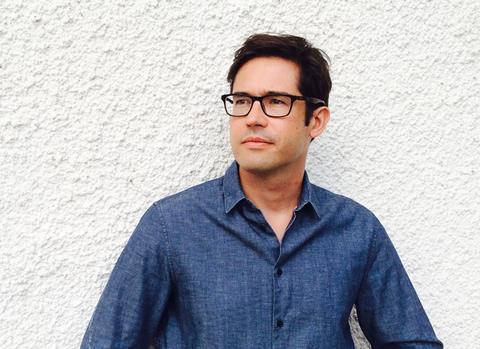Far from decrying his past interventions and sincerely-held views about some modern architecture, the profession would do well to consider how it missed an opportunity to harness that passion to its wider advantage, writes Ben Flatman

With the accession of Charles III to the throne, a new Carolean era has begun. Never before has there been a monarch quite so interested in the built environment, with such clearly expressed views.
Charles is well known for his interventions in a number of major planning decisions. He is alleged to have played a key role in blocking RSHP’s Chelsea Barracks scheme. Many have taken the view that it was not his role to do so.
As Duke of Cornwall, he has also been instrumental in the creation of Poundbury and Nansledan. These are both experiments in “New Urbanism”.
>> Also read: The second Elizabethan age: eight decades in architecture
Dismissed as nostalgic irrelevances by many, they actually represent serious attempts to tackle the challenges of urban growth, the housing shortage and how to build new sustainable communities. They deserve a more serious response from an architectural and urban design establishment that has a generally poor track record in creating convincing new large scale urbanism.
Inevitably much attention will be paid to the infamous 1984 “carbuncle speech” that Charles gave at the 150th anniversary of the RIBA. In architectural folklore it’s come to be seen as an unforgivable act of treachery – he had, after all, been invited to celebrate the RIBA’s birthday.
You’re left wondering whether, rather than being the architectural dinosaur that he’s sometimes depicted as, Charles wasn’t in many respects ahead of his time when it comes to the built environment
But reading the speech today, the striking thing is how mainstream most of it sounds. In fact, by the end you’re left wondering whether rather than being the architectural dinosaur that he’s sometimes depicted as, Charles wasn’t in many respects ahead of his time when it comes to the built environment. The speech actually began by praising Charles Correa and, later on, Edward Cullinan – hardly a couple of dyed-in-the-wool traditionalists.
The then Prince of Wales went on to tick off a list of what today might be described as the accepted principles of sustainable urbanism: decrying the destruction of historic townscapes; advocating reuse of existing structures; promoting accessibility; calling for community engagement; warning of skylines disfigured by “giant glass stumps”; arguing for rediscovery of ornamentation (now pretty much de rigueur among even the starchiest “modernists”) and, most un-controversially of all, making the case for respecting historic street plans and traditional-scale housing typologies.
The 2019 Stirling Prize for Goldsmith Street shows that the RIBA was only 35 years behind the curve on that last point.
To be fair, the actual heart of the controversy was Charles’ attack on Ahrends, Burton and Koralek’s (ABK) proposed National Gallery extension – the notorious “monstrous carbuncle on the face of a much-loved and elegant friend”. But was Charles really wrong?
I am a huge fan of ABK and the damage done to that practice by the speech was by all accounts devastating. But however much I love their JCR bar at Keble College, I can’t help but feel that the National Gallery extension was not ABK’s best work. It has that slightly lost and apologetic feel of tail-end high-modernism, when most architects frankly didn’t know which way to turn.
How much more determinedly “of its time” is Venturi Scott Brown’s complex, disorientating post-modernism? A building that addresses the fundamental confusion at the heart of architecture at that moment by just throwing in (knowingly, of course) a little bit of everything.
There are many architects, though, for whom Charles remains an emotional trigger. The mere mention of his name can send temperatures soaring and cries of “pastiche” flying. This from architects often in denial about how modernism has itself become another historical style, which they have just chosen to return to and pilfer from.
On almost every issue of substance relating to our cities and the environment, he has been proved largely right
Why then does Charles remain such a hate figure for so many architects, when the potential for common ground with the profession appears so much greater than the actual differences?
The real controversy was perhaps that, as Prince of Wales, he was not expected to express a critical view at all. This, despite the fact that he was only articulating concerns that many members of the public (and perhaps a fair few architects) also shared. Don’t we all privately think that a lot of what’s built by our profession is often actually pretty awful? And what does it say about us as architects if we can’t handle criticism and debate?
At a time when few public figures and practically no one in front-line politics talks about architecture, I can’t help but feel that it was a missed opportunity that the architectural and other allied professions never found a way to harness Charles’s passion for the built environment to our wider advantage. On almost every issue of substance relating to our cities and the environment, he has been proved largely right.
But the time when Charles might have been treated as an influential and vocal ally has now passed. As King, Charles III will most likely be silent on a lot of these matters.
He understands that as monarch his room for expressing such views publicly will be severely curtailed. And now, rather than continuing to harbour a grudge against him for comments made almost 40 years ago, perhaps it’s time for the architectural profession to move on.
















18 Readers' comments